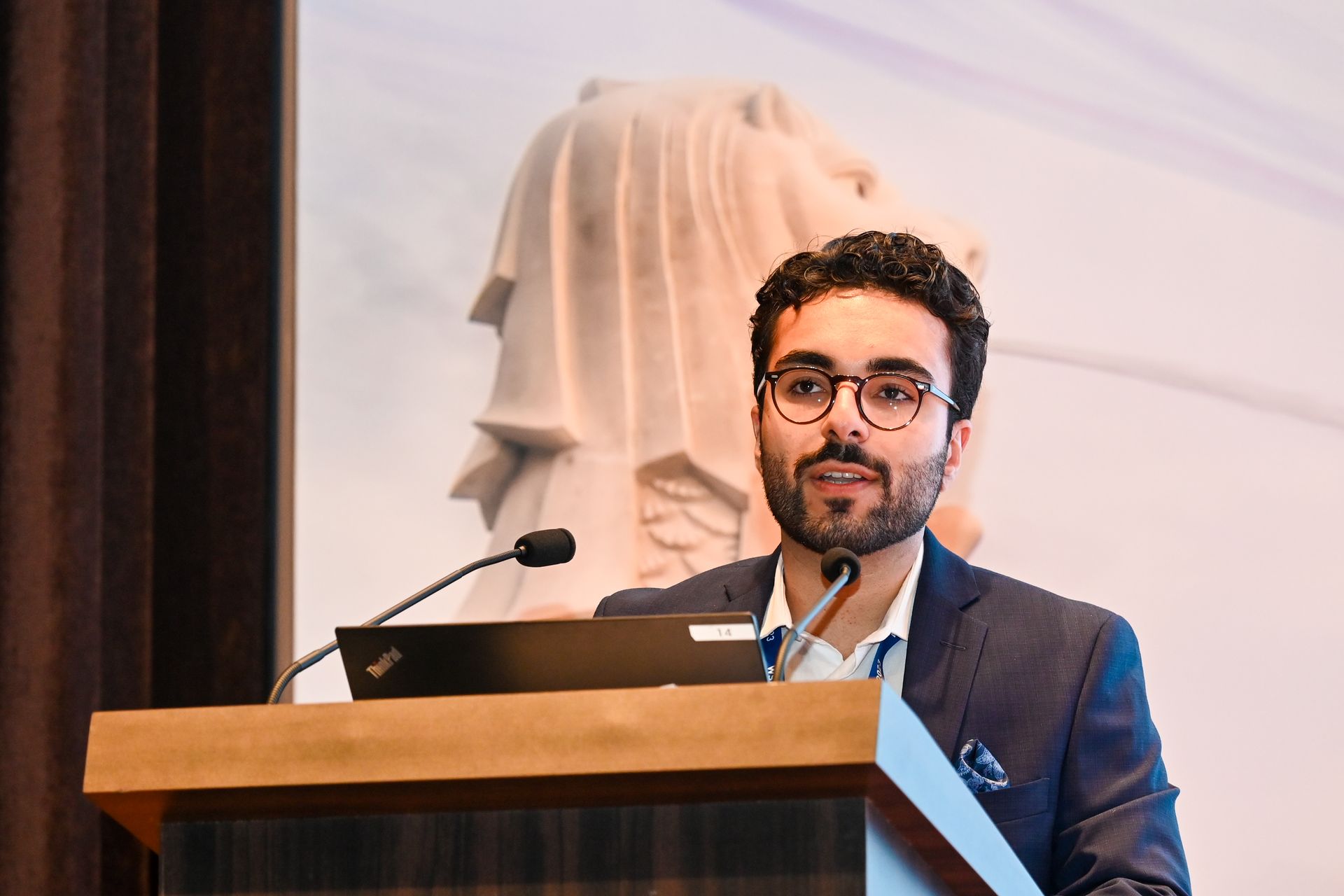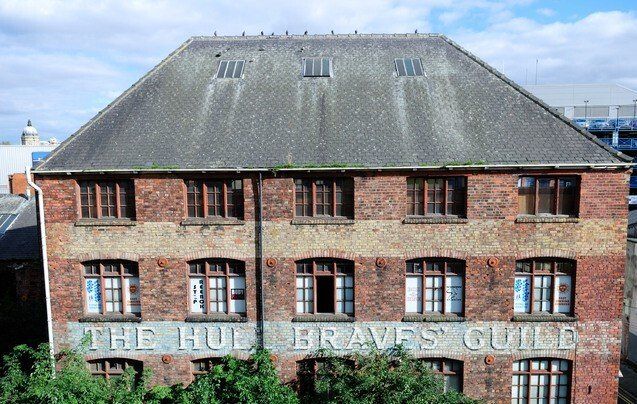


In 1961, the Beatles played the Cavern Club for the first time, the farthing was no longer legal tender, the E-Type Jaguar was launched and Spurs won the double. Hull was stunned by a fierce outbreak of polio and responded with a speed that would impress the UK Cabinets Cobra Emergency response team today.
Between 1947 and 1958 over 30,000 people were disabled across the UK by Polio – short for poliomyelitis. Spread by nasal and oral transmission, the infection spreads to the digestive tract with a slight viral illness infecting 98% of cases. Sometimes, 1 to 2% of cases worsened as polio passed into the blood stream and attacks the nervous system causing paralysis.
Hull had a long association with the disease and the Hull Braves Guild of Poor Things had been set up in 1898 to offer support for children affected by polio. By 1925, the title had been shortened to the Hull Braves Guild and a cast iron framed warehouse on Roper Street was acquired – to be disbanded in 2010 and then demolished to make way for the Bonus arena.
In 1955 a Doctor Salk had developed a vaccination that injected a dead virus. This required several re-vaccinations to give good protection. A serious outbreak in Hull began in September 1961 – it was said to come from the docks. The Final Report from S. R. Jamieson, the Hull Council’s Chief Medical Officer, confirmed that there had been an explosive outbreak of poliomyelitis occurred in Hull and the East Riding of Yorkshire from 20th September 1961 until 31st December 1961when 180 suspected cases were admitted to Castle Hill hospital. The disease was confirmed in 95 cases and there were 2 deaths. The then standard Salk treatment failed to stem rising numbers.
On November 6th Dr. Alexander Hutchison, the Hull Council Medical Officer for Health, contacted the government Ministry of Health to seek permission to use the new Sabin oral vaccine as an alternative strategy – it had not been tried before. Within days Hull mobilised hundreds of volunteers, health workers, business people, school teachers and council officers worked together to curb the polio outbreak in Hull.
The vaccination was given by putting two drops of the vaccine on a sugar lump or in a teaspoon of syrup for infants. The sugar lumps were provided free by Tate and Lyle. The campaign was a great success and in two weeks 358,000 were given the vaccination. That is 55,000 more than the population of the city at the time.
This was the first time that the Sabin vaccine had been used in Western Europe for a mass vaccination to halt an outbreak. The 'epidemic' had passed after two weeks leaving 85 having suffered the results of polio. This use of the oral vaccination led to the use across the UK that all but eradicated the disease.
Overall, as the Analysis from the outbreak followed a different pattern from epidemics in past years, and especially the 1947 epidemic. The distribution of cases geographically and seasonally was atypical - the cases mostly concentrated in a densely populated area near the docks, and after a rapid rise at the end of the normal poliomyelitis season, the epidemic declined dramatically.
There is a twist to the story. A favourite of Pathe news at the cinema, the success of the Sabin vaccine in Hull could not be statistically proved as the coverage of the vaccination was so comprehensive there was no significant sample that hadn't been vaccinated to contrast against.
See: Clinical Study of the Hull Poliomyelitis outbreak, 1961. S. R. Jamieson, M.D., D.P.H.



Hull Medical Society | Privacy Policy